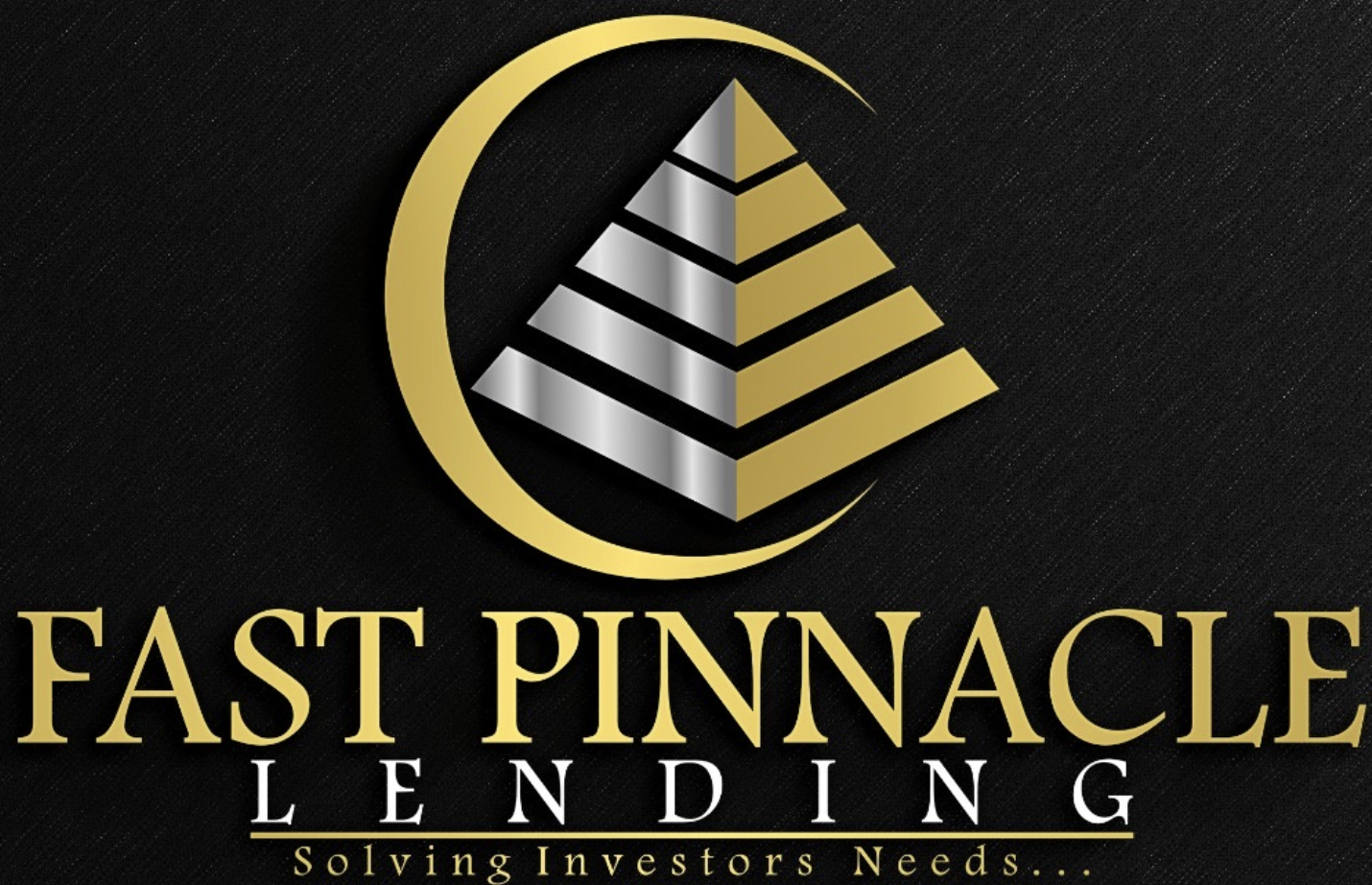Get ready to unlock the secrets of real estate investing tips, where financial rewards meet…
Fix and Flip Loans: Key to House Flipping Success

Flipping houses can be a highly profitable venture, but without the right financing, it’s nearly impossible to get started. Fix and flip loans provide real estate investors with the funds they need to purchase and renovate investment properties. These loans are essential for house flipping, allowing investors to tap into investment property financing and build wealth quickly.
Real estate investors familiar with hard money lending understand the power of leveraging borrowed capital to maximize their return on investment (ROI). Whether you’re new to house flipping or a seasoned investor, understanding how to use flip loans can be the key to successful real estate flipping. These loans empower both new and experienced flippers to manage multiple rental properties and increase rental income. Let’s explore why fix and flip loans, also known as bridge loans, are a crucial tool for real estate investors.
Why Fix and Flip Loans Are Ideal for House Flipping
Leverage Capital with Fix and Flip Financing
One major benefit of flip loans is the ability to leverage reliable investment property loans. Real estate investors can use borrowed funds to finance multiple house flipping projects without tying up their own capital. This makes it easier to manage rental properties and grow a portfolio while keeping personal funds available for other investments.
Typically, hard money lenders require only 10-30% down, depending on the lender. This enables real estate investors to secure fix and flip loans with minimal upfront capital—essential for investors working in competitive markets where speed is critical. By freeing up cash flow, investors can acquire more investment properties and generate substantial rental income.
Easy Qualification for Fix and Flip Loans
Another significant advantage of flip loans is their simple qualification process. Unlike traditional rental property loans, these loans focus on the value of the real estate deal rather than the borrower’s credit score. This makes fix and flip loans accessible even to investors with less-than-perfect credit.
For approval, real estate investors typically provide information on the loan-to-value (LTV) ratio and the After Repair Value (ARV) of the property. Hard money lenders are more interested in the potential profitability of the project than the borrower’s financial history, allowing faster approvals. Investors can secure fix and flip loans in a matter of days, unlike traditional rental property financing which may take months.
Speed and Agility in the Competitive House Flipping Market
The speed of fix and flip loans is a critical factor in their appeal. In competitive markets, where sellers prioritize cash offers, fix and flip loans function much like cash, allowing investors to act quickly. This enables real estate investors to seize opportunities that require fast funding, such as buying underpriced homes for real estate flipping or acquiring distressed properties.
Once a project is underway, fix and flip loans also provide financing for renovations. This ensures that investors can cover the costs of rehabbing the property and increase its value for resale. In this way, real estate investors can turn a profit more quickly and start generating rental income from their investment properties.
How Fix and Flip Loans Work for Real Estate Investors
Qualification and Approval Process
Qualifying for flip loans is easier than applying for traditional rental property loans. The key is proving that the ARV justifies the loan amount, making the loan more about the property than the investor’s credit. Real estate investors need to provide a Scope of Work (SOW) that outlines the planned renovations and projected ARV. Lenders compare this data with similar properties to determine if the project is financially viable.
For seasoned real estate investors with multiple house flipping projects, lenders like Fast Pinnacle Lending offer favorable terms and lower interest rates. This makes fix and flip loans an attractive solution for experienced investors looking to scale their portfolios and increase rental income.
After Repair Value (ARV) and Fix and Flip Loans
One of the most important aspects of securing flip loans is accurately estimating the ARV of the property. The higher the ARV, the more likely it is that real estate investors will qualify for larger loans. This gives investors more flexibility in completing renovations and enhancing the property’s market value for resale or generating rental income.
Renovation Financing and Rental Properties
Many fix and flip loans cover 100% of renovation costs through a draw schedule. This financing structure helps real estate investors manage their budget efficiently by releasing funds in stages. The focus remains on completing renovations on time, allowing investors to flip the property or generate rental income quickly.
Building Relationships with Hard Money Lenders
Working with a reliable hard money lender is essential for securing flip loans. Real estate investors should view their lender as a strategic partner. A good lender will provide expert guidance and flexible terms tailored to the needs of the investor’s rental property or real estate flipping projects.
Final Thoughts on Fix and Flip Loans for House Flipping
Flip loans offer fast access to capital, making them the go-to solution for real estate investors in the competitive world of real estate flipping. With the right financing in place, investors can grow their portfolios, acquire more rental properties, and increase their rental income. At Fast Pinnacle Lending, we specialize in offering tailored fix and flip loans that help real estate investors succeed.
If you’re ready to take the next step in your house flipping journey, contact Fast Pinnacle Lending to learn how our programs can support your goals. We offer quick approvals, competitive terms, and expert advice to help you succeed in your next house flipping or rental property project.




